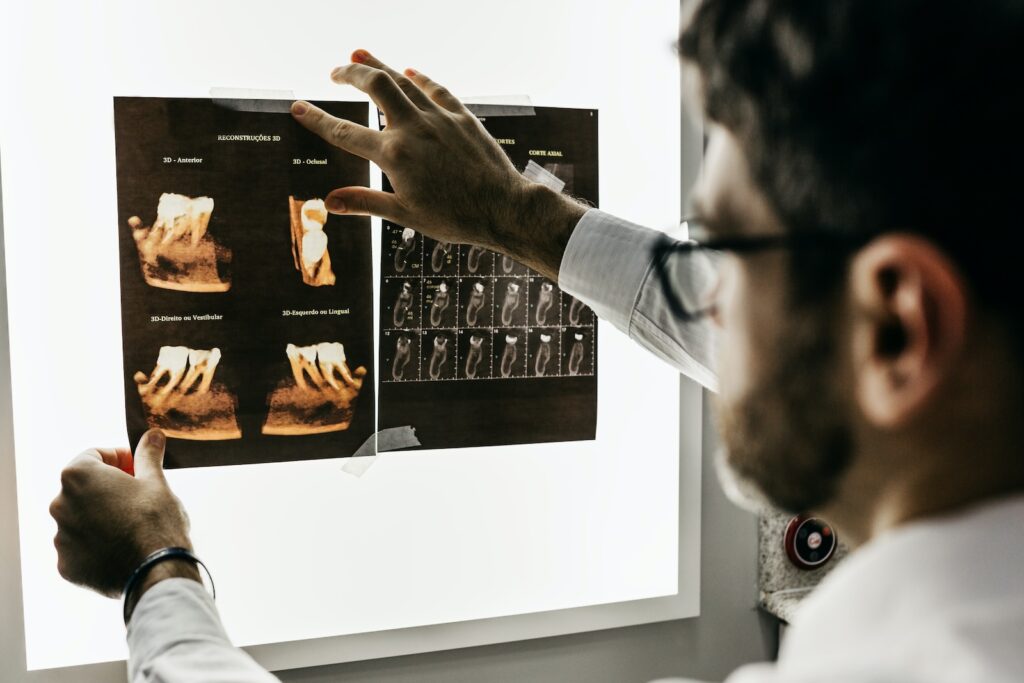In many cases, you can repair teeth that are broken or damaged by decay with a filling, crown, or other dental treatment. Sometimes, though, the damage is too severe to repair, so your dentist will recommend extraction.
Here are some other reasons tooth extraction might be necessary:

Before removing a tooth, your dentist will thoroughly review your medical and dental history and take the appropriate X-rays. X-rays reveal the length, shape, and position of the tooth and surrounding bone. From this information, your dentist can determine the best way to remove the tooth or whether to refer you to an oral surgeon.
Before removal during a simple extraction, they will numb the area around your tooth using local anesthetic. However, during a more complicated removal, called a surgical extraction, your oral surgeon might administer intravenous (IV) anesthesia, which can range from conscious sedation to general anesthesia, which will put you to sleep. If this is the case, arrange for someone to drive you home after the procedure and stay with you until the effects wear off.
A simple extraction is the removal of a tooth that is visible in your mouth. It’s common for a general dentist to perform simple extractions. During a simple extraction, your dentist will numb the tooth and gum tissue and loosen the tooth with an instrument called an elevator before removing it with dental forceps.
A surgical extraction is a more complex procedure used for a tooth that may have broken off at the gum line or has not come into the mouth yet. During a surgical extraction, the doctor will make a small incision (cut) into your gum and remove the underlying tooth.
The most important thing to keep up with after a tooth extraction, is keeping the area clean and preventing infection. Immediately following the procedure, your dentist might ask you to bite down gently on a piece of dry, sterile gauze, which you should keep in place for up to 30 to 45 minutes to limit bleeding, while clotting takes place. Your dentist will provide you with detailed aftercare instructions, but for 24 hours following your extraction, you shouldn’t smoke, rinse your mouth vigorously, or clean the teeth next to the extraction site.
You can expect a certain amount of pain and discomfort following an extraction. In some cases, your dentist will recommend a pain killer or prescribe one for you. Rotating with NSAIDS (Advil or Aleve) and Acetaminophen ( Tylenol) will often manage any discomfort. It might help to apply an ice pack to your cheek to reduce swelling. You should also limit strenuous activity, as well as avoid hot liquids and not drink through a straw. Under normal circumstances, discomfort should lessen within three days to two weeks. However, if you experience prolonged or severe pain, swelling, bleeding, or fever, call your dentist or oral surgeon immediately.

Bradshaw Ford is here to help. Reach out today to inquire about our services or schedule an appointment.